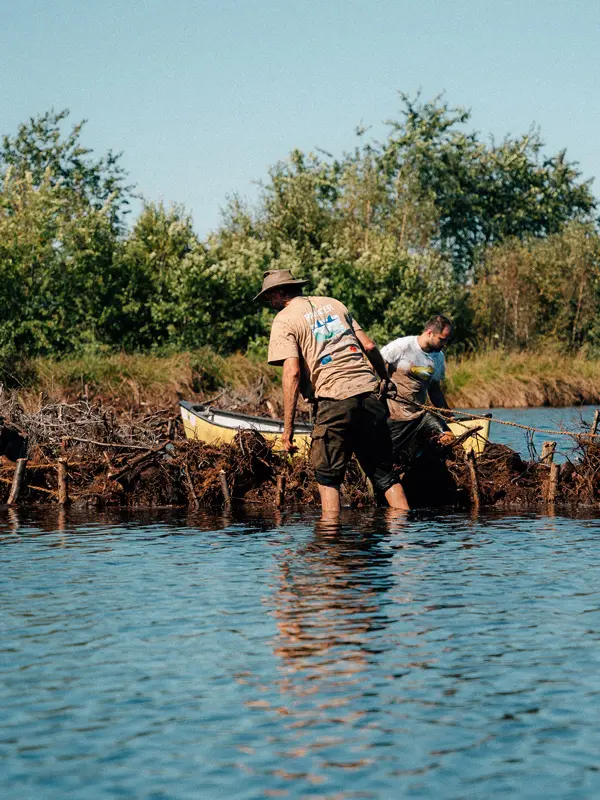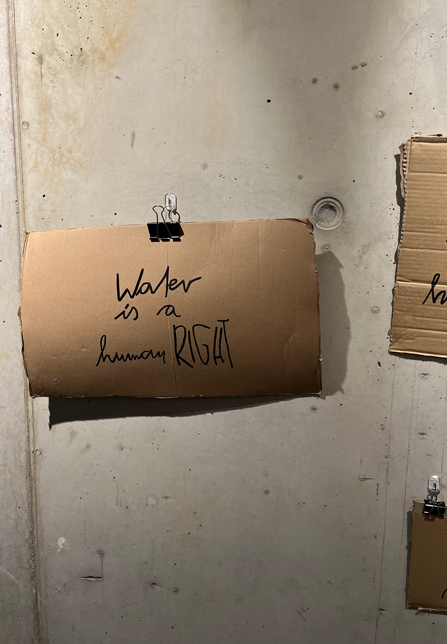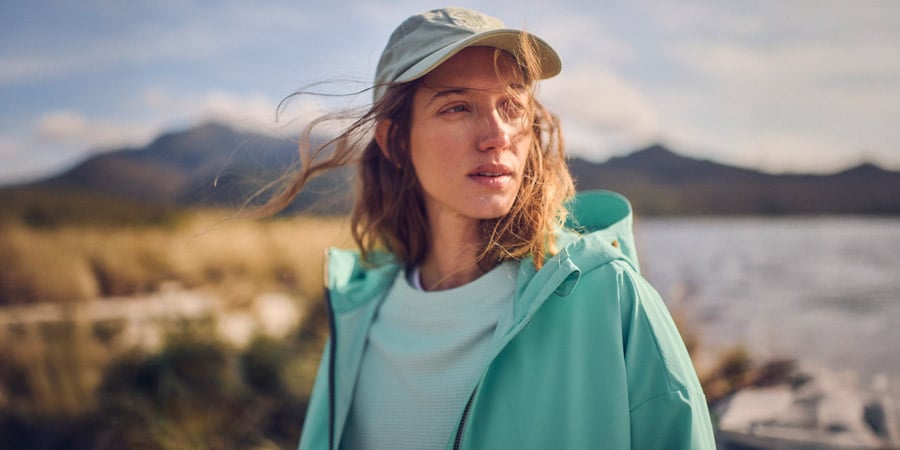PROTECT NATURE - CREATE CHANGE: OUR camel active MOOR PROTECTION ACTION

As a brand for outdoor casual wear, our nature is especially close to our hearts. But although nature has an amazing regenerative power there are limits especially if the impacts are too strong or permanent. In this article we explain why nature conservation is so important, what role peatlands play in this and how we at camel active are helping to protect our peatlands.
WHY IS NATURE CONSERVATION SO IMPORTANT?
Our nature is not only breathtakingly beautiful and diverse but also fulfils vital tasks. To maintain the balance of our ecosystems, nature is even able to regenerate itself. However, strong human interventions or climate change can overwhelm the natural regeneration processes and cause irreversible damage.
Our nature is home to countless species of plants and animals. If we do not protect them, entire ecosystems can become unbalanced. Nature purifies our air and drinking water, is responsible for maintaining habitats and especially plays a crucial role in climate regulation. Peatlands in particular make a significant contribution here, as they store large amounts of carbon.
You can find out more about the exact importance of our peatlands in nature and climate protection in the next section.



WHAT ROLE DO PEATLANDS PLAY IN NATURE CONSERVATION AND CLIMATE PROTECTION?
Peatlands play a crucial role when it comes to nature and climate protection for many different reasons. We have summarized the most important points for you here:
- Carbon storage: peatlands are exceptional carbon sinks. A total of 30% of the earth's carbon is stored by peatlands, even though they cover only 3% of the world's land area. This means they store twice as much carbon in their peatlands as is contained in all forests worldwide. By absorbing carbon from the atmosphere and trapping it in the peat, peatlands contribute significantly to reducing CO2 in the atmosphere and thus help to combat climate change.
- Water storage and flood protection: peatlands can absorb and store large amounts of water. During heavy precipitation, they soak up rainwater and gradually release it into rivers and streams. In this way, they help to prevent floods and protect against flooding.
- Water supply: peatlands also act as natural water reservoirs and contribute to the stability of the water supply. They release and filter clean water, improving the quality of the water.
- Conservation of endangered species and biodiversity: peatlands are unique habitats that are home to numerous rare plant and animal species. Many of these species are adapted to the special conditions found in bogs and do not occur in other habitats. Because of their uniqueness, peatlands are also often home to endangered species. Protecting peatlands also means protecting these endangered life forms.
As you can see, peatlands make a significant contribution to reducing global warming. However, this is only possible if the wetlands are preserved and revitalised. But almost half of the world's peatlands have dried up or are damaged and often entire wetlands are set aside for agriculture and forestry.
For this reason, we at camel active have committed ourselves to the preservation of the moors and, together with the Landkreis Emsland, have launched a moor protection campaign. Here you can find out how we have contributed to the protection of our moors.

camel active MOOR PROTECTION ACTION: TOGETHER WE MAKE AN ACTIVE CHANGE
As part of our sustainability mission "make an active change", we at camel active launched a moorland conservation campaign and actively contributed to the development of our moors together with our colleagues*. Together with an experienced ranger from the district of Emsland, we spent a day in the Leegmoor, an impressive nature reserve in the Lower Saxon municipality of Surwold in the district of Emsland. There we actively participated in the protection of the moor area.
The Leegmoor is a valuable wetland and an important habitat for plants and animals, including rare species. To protect and restore this ecosystem, we have built dams that serve as breakwaters in a rewetting basin and form the basis for the regeneration of the marsh. The constructed dams have a crucial function: they significantly reduce wave action in the rewetting basin, which benefits the growth of peat mosses. These are crucial for peat formation in the bogs and thus for the storage of carbon from the atmosphere.
By installing these breakwaters, we are helping to improve the conditions for the growth of peat mosses and thus promote the regeneration of the moor. This is a first step towards preserving and protecting our ecosystems and we are pleased that we as the camel active team were able to make a positive contribution with this action.
Together, let’s make an active change!
To learn more about our sustainability mission, click here.














